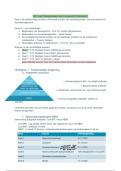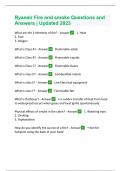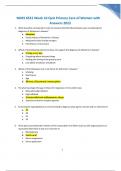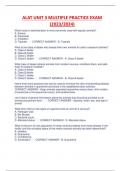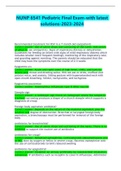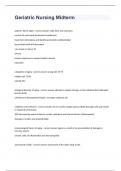Tentamen (uitwerkingen)
CFA Level 1 – Economics Exam Questions and Answers (Definite Pass)
CFA Level 1 – Economics Exam Questions and Answers (Definite Pass) When demand is less elastic than supply- consumers bear higher or lower burden - Answer-HIGHER When supply is less elastic than demand- consumers bear higher or lower burden - Answer-LOWER, suppliers will bear a higher burde...
[Meer zien]







